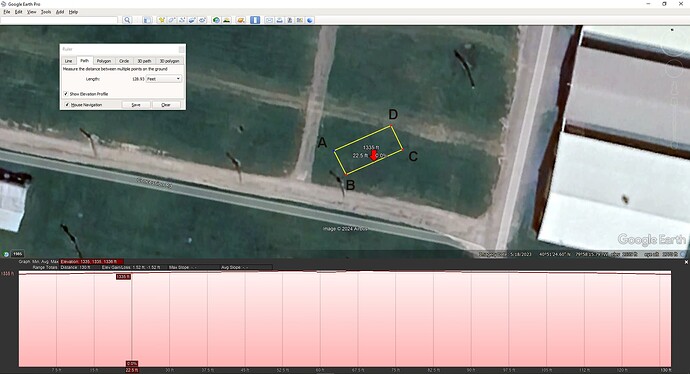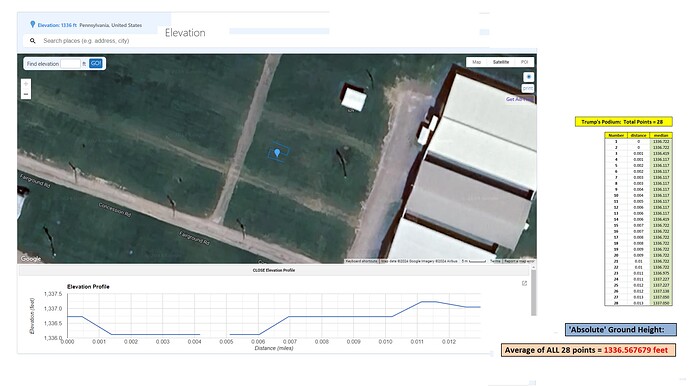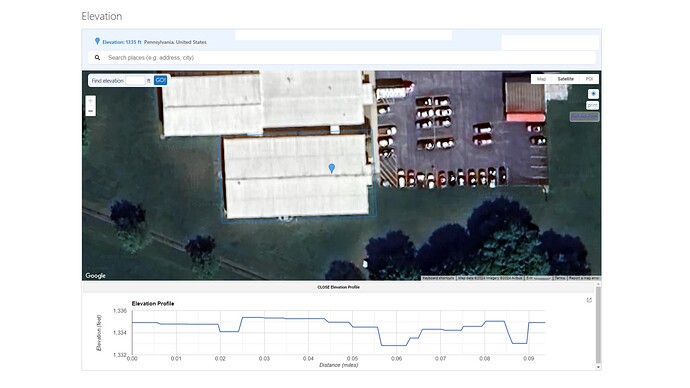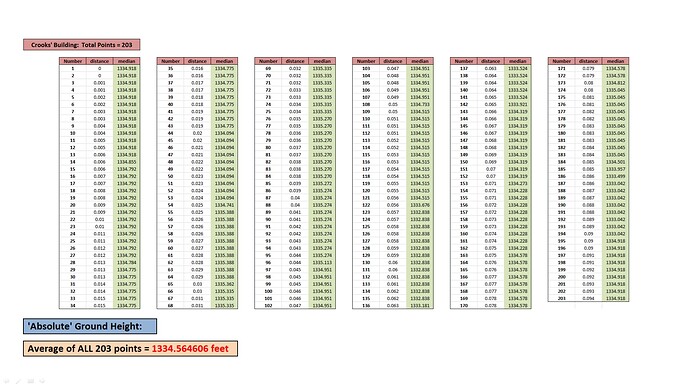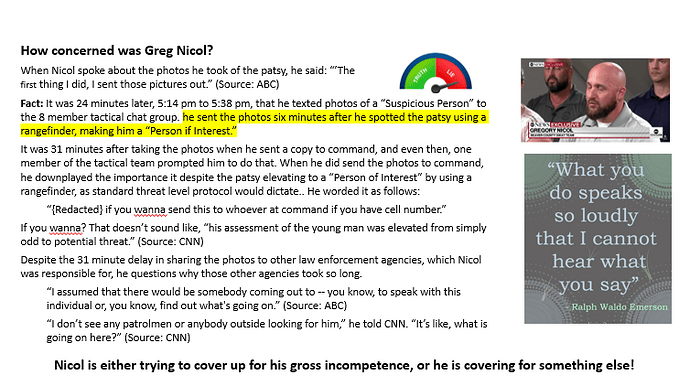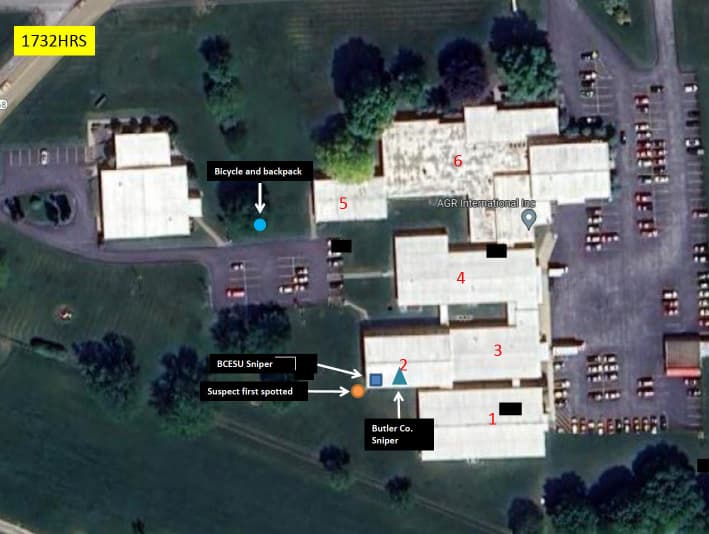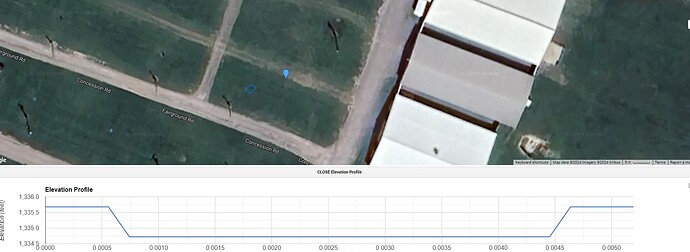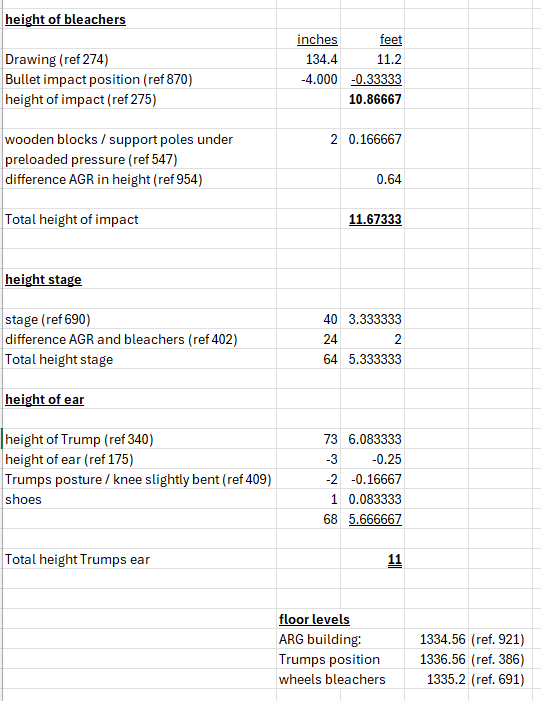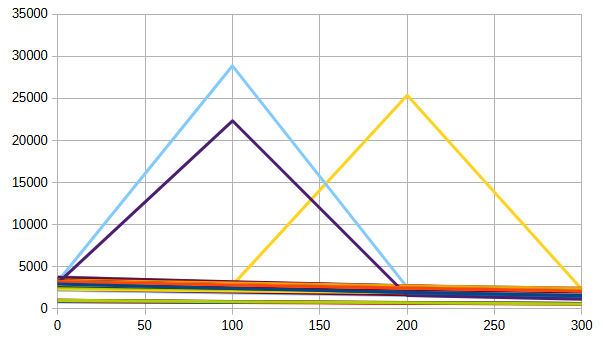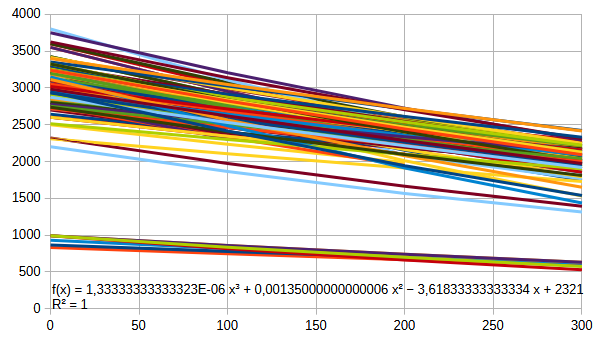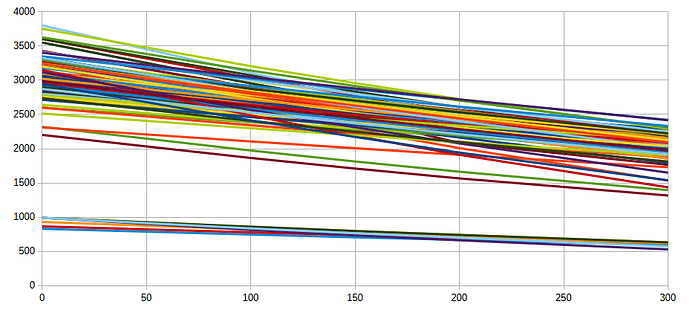Hello Roger
Now you have shown me your diagram, I understand where you are coming from. Basically, you are using Google Earth. Now I realise you are referring to its source material as being high-level. But that is not the problem. The problem is using Google Earth itself as the ‘interface’ with the data, so to speak.
I initially tried using Google Earth myself, but realised that it is not accurate enough. It rounds up figures to the nearest foot. Also, the graphs it generates for various ground elevations are highly compressed and not that useful at all.
As a result of this, I discarded Google Earth and sought out a superior program. That is the one I mentioned in my previous message: randymajors. org. The source data for this program is the US Geological Survey. What makes this program superior to Google Earth, is that it produces ground elevation values to several places after the decimal point.
More than this though, the graphs that it generates are far more useful and detailed, and in addition, you can download a spreadsheet of all the ground elevation points for a given ground profile. This is what I showed in my previous image.
All that being said, let me show you what I get when I map the position of the bleachers onto Google Earth in like manner to my previous evaluation:
You can see that at the midpoint of the back of the bleachers, it gives 1335 feet elevation. If you move it towards corner point C, it then jumps to 1336 feet.
When using the randymajors. org site however, the values are far more specific, and not rounded crudely to the nearest foot. They are 1334.72 and 1335.68 feet.
I am more than satisfied that 1334.72 feet is the best value for the ground elevation of the bleachers, over either 1335 or 1336 feet.
I would advise you to test the program for yourself. Try running a ground profile of the perimeter of the bleachers and see what the elevation is at the midpoint of the back, and download the spreadsheet data.
Further to this, you also asked what values I have for Trump’s podium and also the ground height of building six that Crooks was on.
Using the randymajors. org site, I did a concentrated ground profile for the podium position of Trump, and averaged of all the elevation points (28) to get what I consider to be the best value:
1336.567679 feet.
This is seen from the following image:
For the building that Crooks was on, I did a ground profile for the entire perimeter of the building. This generated 203 elevation points. I took the average to determine the following value for the ground elevation of the building as a whole: 1334.564606 feet.
These 2 images show the analysis:
Data Values:
